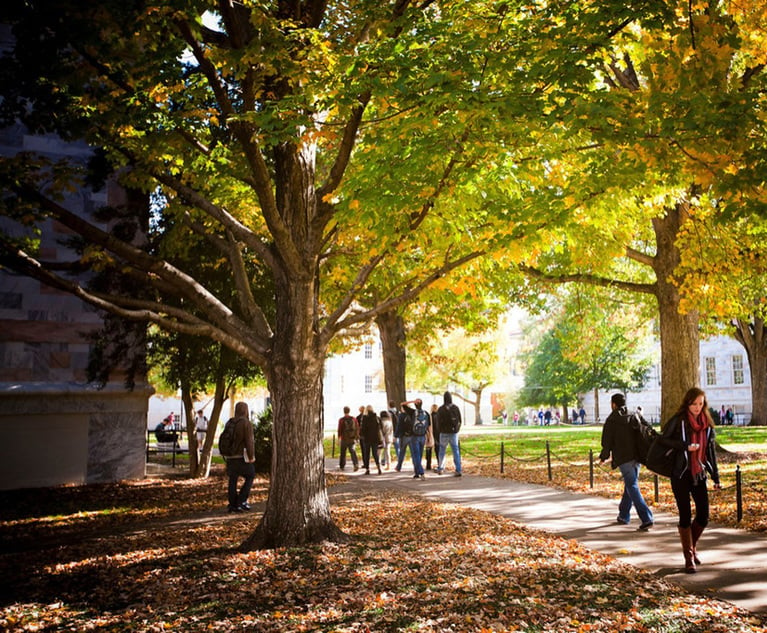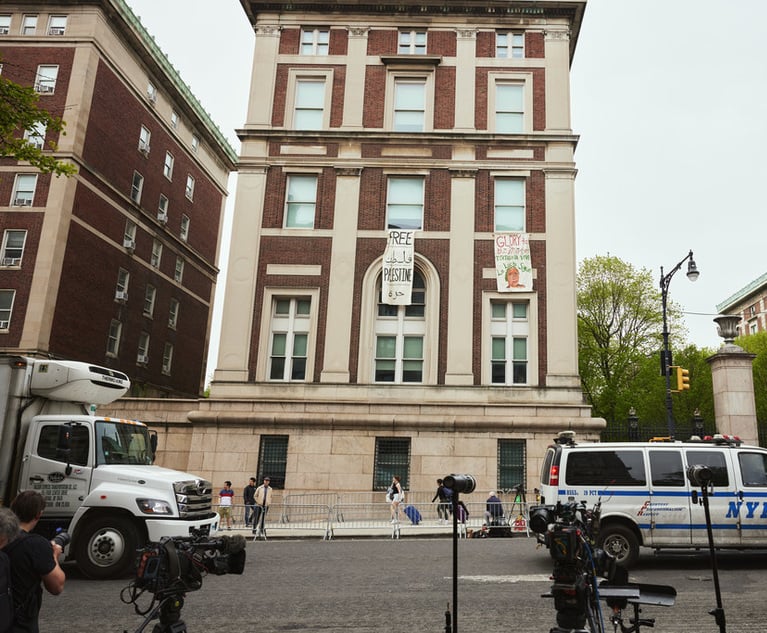When I submitted my application to Michigan Law School many moons ago (in late 2017), I tried not to think too hard about how the school would assess my application. I took the LSAT, sent in my transcript, wrote my essays and hoped for the best. Frankly, I didn’t want to know the anxiety-inducing details of how I would be judged.
I was not moved to contemplate the inner workings of the school’s admissions office once I received my acceptance letter, either—until recently. With the end of my 1L year quickly approaching, I was assigned to read Grutter v. Bollinger in two courses, Constitutional Law and Sex Equality, and I was startled to find that Justices Sandra Day O’Connor, Clarence Thomas and the rest of the Supreme Court circa 2003 had some thoughts about how Michigan Law School should decide to accept or reject a given applicant.
This content has been archived. It is available through our partners, LexisNexis® and Bloomberg Law.
To view this content, please continue to their sites.
Not a Lexis Subscriber?
Subscribe Now
Not a Bloomberg Law Subscriber?
Subscribe Now
LexisNexis® and Bloomberg Law are third party online distributors of the broad collection of current and archived versions of ALM's legal news publications. LexisNexis® and Bloomberg Law customers are able to access and use ALM's content, including content from the National Law Journal, The American Lawyer, Legaltech News, The New York Law Journal, and Corporate Counsel, as well as other sources of legal information.
For questions call 1-877-256-2472 or contact us at [email protected]


 Barbara Grutter (from left), Patrick Hamacher and Jennifer Gratz, plaintiffs in Grutter v. Bollinger, speak to the media outside the U.S. Supreme Court in April 2003. (Photo: Stacey Cramp)
Barbara Grutter (from left), Patrick Hamacher and Jennifer Gratz, plaintiffs in Grutter v. Bollinger, speak to the media outside the U.S. Supreme Court in April 2003. (Photo: Stacey Cramp)






